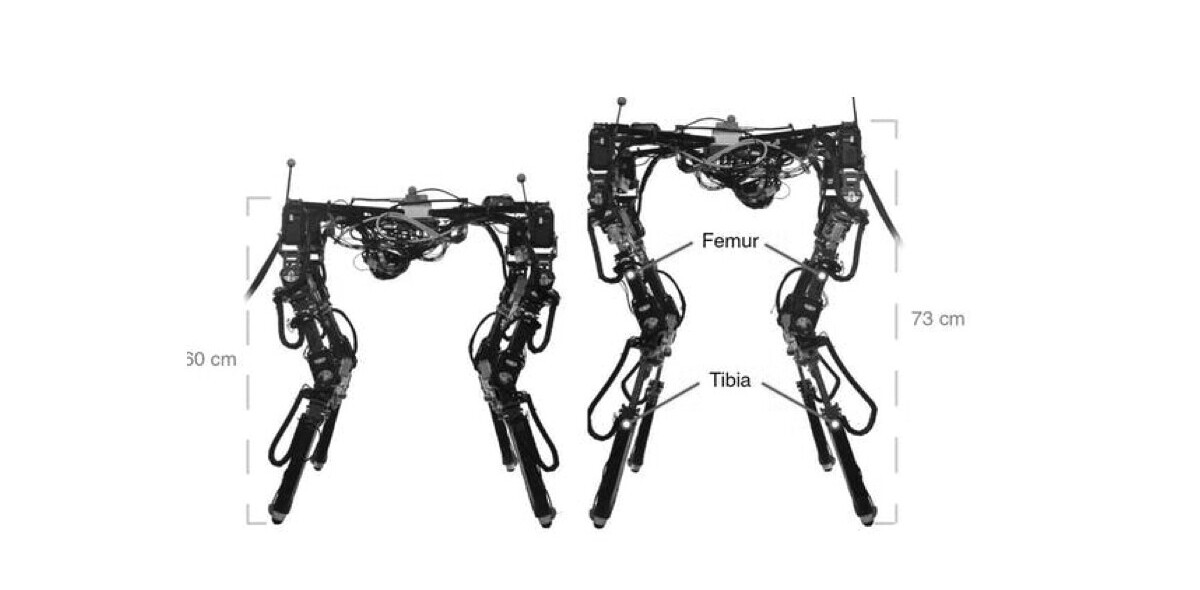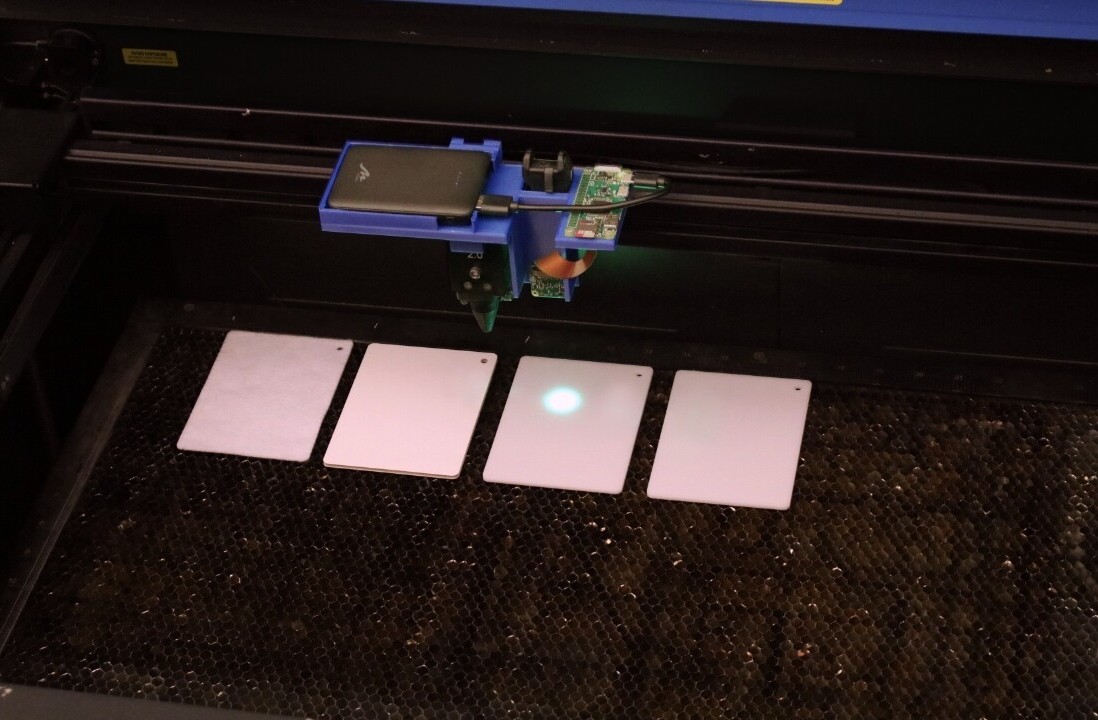MIT researchers have developed a new way of speeding up a robot’s reactions. They call it “robomorphic computing.”
The method is designed to shrink the gap between a robot’s “mind” and movements by creating customized chips that serve its specific computing needs.
The system’s inventors believe it could enhance a variety of robotics applications — including frontline medical care of COVID-19 patients.
“It would be fantastic if we could have robots that could help reduce risk for patients and hospital workers,” said Dr Sabrina Neuman, an MIT CSAIL graduate who designed the method.
[Read: How this company leveraged AI to become the Netflix of Finland]
Neuman says there are three main steps in a robot’s operation: perception, mapping and localization, and plotting a course of action.
Robomorphic computing attempts to hasten this process by producing specialized hardware that performs computing tasks more efficiently.
The user first inputs the physical parameters of a robot, which the system translates into mathematical matrices.
It then creates a hardware architecture that’s specialized to run calculations on the matrices. This results in a chip design that’s customized to the robot’s computing needs.
The researchers say a chip they programmed from the system’s specifications performed eight times faster than a CPU, and 86 times faster than a GPU.
They now hope to fabricate a custom motion-planning chip for every robot.
Neuman plans to automate the entire robomorphic computing process, so users can just drag and drop their robot’s parameters to produce a hardware description.
“I think that’s the thing that’ll push it over the edge and make it really useful,” she said.
You can read the research paper abstract at the website for the ASPLOS conference, where Neuman will present the work this April.
Get the TNW newsletter
Get the most important tech news in your inbox each week.






